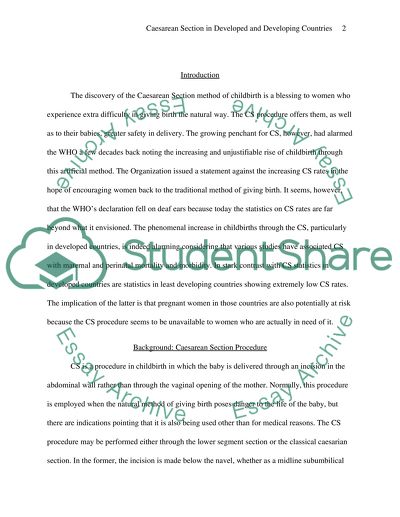Cite this document
(“Caesarean Section in Developed and Developing Countries Essay”, n.d.)
Retrieved from https://studentshare.org/health-sciences-medicine/1424883-caesarean-section-yt-too-many-in-developed
Retrieved from https://studentshare.org/health-sciences-medicine/1424883-caesarean-section-yt-too-many-in-developed
(Caesarean Section in Developed and Developing Countries Essay)
https://studentshare.org/health-sciences-medicine/1424883-caesarean-section-yt-too-many-in-developed.
https://studentshare.org/health-sciences-medicine/1424883-caesarean-section-yt-too-many-in-developed.
“Caesarean Section in Developed and Developing Countries Essay”, n.d. https://studentshare.org/health-sciences-medicine/1424883-caesarean-section-yt-too-many-in-developed.


